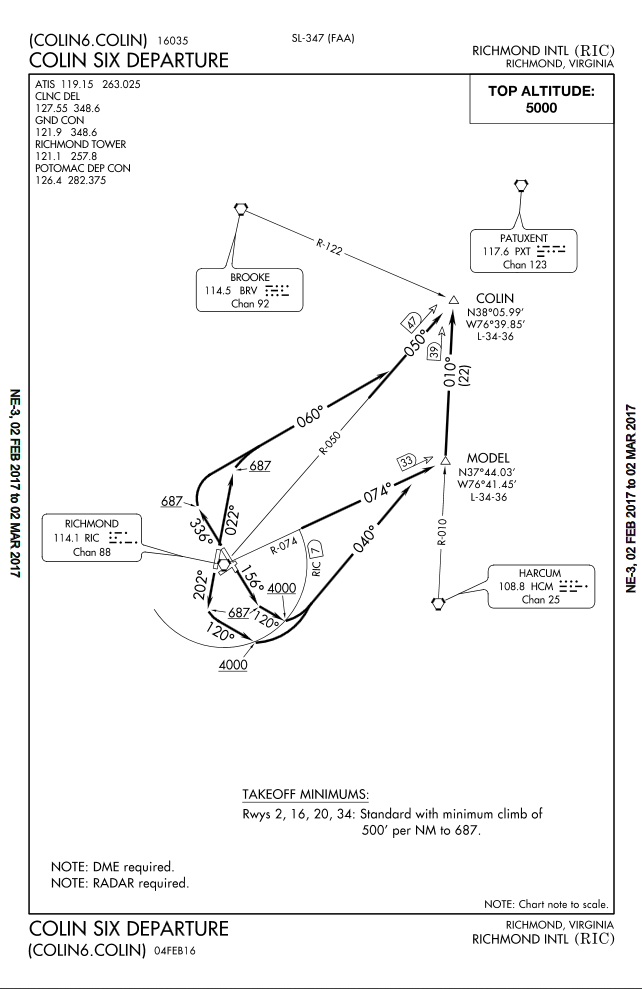I cannot speak for all of General Aviation (GA), but throughout the IFR portion of my flying career I have generally used SIDs wherever available.
NOTE: This choice of using SIDs was not always mine, as ATC will often include a SID in a clearance unless requested otherwise. A pilot has two opportunities to avoid SID's if so desired: firstly, when filing the IFR flight plan the statement "NO SIDS" can be included as a request; secondly, when receiving the IFR clearance, the SID can be declined.
I typically like using most SIDs, and I understand that ATC also likes giving them as part of a clearance. Many SIDs are essentially just radar vectors in normal usage with further instructions in case of lost comms.
My experience with SIDs has included numerous aircraft with typical climbout speeds ranging from 90–280 KIAS. As far as I have been able to tell, my aircraft's speed has never been a problem that ATC couldn't handle.
I have less experience with STARs. In flight training I used them occasionally, and ATC seemed to handle my slow speed without issue. At my current operation—which you may or may not consider to be GA—ATC rarely gives of STARs, but usually just gives us clearances direct or vectors. I personally like filing STARs since it helps me know what to expect.
A note on General Aviation (GA): multiple uses exist for the term, "general aviation" (see my query below your question). All of the definitions I am aware of would include the flights in smaller single and multi-engine aircraft that I have flown during flight training. Some of the definitions I am aware of would include some of the turboprop flying I have done (non-charter §135), some would not. But I think that all of the definitions I am familiar with would include private business aviation under §91—which includes some of the fastest civilian jets out there.

